Nitrate Poisoning in Freshwater Aquarium Fish
Updated on 05/27/24
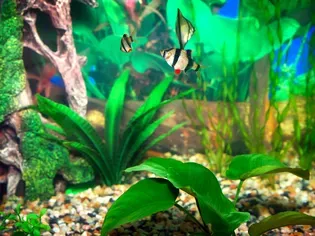
Nitrate Poisoning in Freshwater Aquarium Fish: A Comprehensive Guide
Introduction
Maintaining a healthy aquarium environment is crucial for the well-being of your aquatic inhabitants. Among the various water parameters that require monitoring, nitrate levels play a significant role in fish health. Nitrates are produced as a byproduct of the nitrogen cycle, a natural process that converts ammonia and nitrite into less toxic forms. However, excessive nitrate levels can lead to a condition known as nitrate poisoning, which can have detrimental effects on freshwater aquarium fish.
Understanding Nitrate Poisoning
Nitrate poisoning occurs when the concentration of nitrates in the aquarium water exceeds the tolerance level of the fish species. Nitrates are typically measured in parts per million (ppm), and while some fish can tolerate higher levels, others are more sensitive and may exhibit symptoms at lower concentrations. The safe nitrate level for most freshwater aquarium fish is generally considered to be less than 20 ppm.
Signs and Symptoms of Nitrate Poisoning
Nitrate poisoning can manifest in a variety of ways, depending on the severity of the condition. Some common signs and symptoms include:
* Respiratory distress: Fish may exhibit rapid or labored breathing, gasping at the water's surface.
* Lethargy and reduced appetite: Affected fish may become less active and stop eating.
* Color changes: Fish may develop a pale or discolored appearance, especially around the gills or fins.
* Skin and gill irritation: Nitrates can damage the delicate tissues of the skin and gills, leading to redness, swelling, or excessive mucous production.
* Eye damage: In severe cases, nitrate poisoning can cause blindness or corneal ulcers.
* Growth and developmental problems: Young fish may experience stunted growth or developmental abnormalities.
* Increased susceptibility to disease: Nitrates can weaken the immune system, making fish more susceptible to infections and parasites.
Causes of Nitrate Poisoning
There are several potential causes of nitrate poisoning in freshwater aquariums:
* Overfeeding: Excess food that is not consumed by fish breaks down and releases ammonia, which is converted to nitrates through the nitrogen cycle.
* Insufficient water changes: Regular water changes are essential for removing nitrates and other waste products from the aquarium water.
* Overcrowding: Too many fish in a given aquarium volume can lead to a buildup of nitrates and other pollutants.
* Poor filtration: An inadequate filtration system cannot efficiently remove nitrates from the water.
* Certain decorations or substrates: Some decorations or substrates, such as porous rocks or certain types of wood, can release nitrates into the water.
Treatment of Nitrate Poisoning
If you suspect that your fish are suffering from nitrate poisoning, prompt action is crucial. The first step is to conduct a water test to confirm elevated nitrate levels. If nitrates exceed the recommended threshold, the following measures can help alleviate the condition:
* Water changes: Perform large, regular water changes to dilute the nitrate concentration. Aim for a 25-50% water change daily until nitrate levels return to safe levels.
* Increased filtration: Add or upgrade the filtration system to ensure efficient nitrate removal. Consider using nitrate-removing filter media.
* Reduce feeding: Limit the amount of food given to fish to reduce the production of ammonia and nitrates.
* Check decorations and substrates: Remove any decorations or substrates that may be contributing to nitrate release.
* Monitor fish closely: Observe fish for any signs of improvement or worsening of symptoms.
Prevention of Nitrate Poisoning
Preventing nitrate poisoning is essential for maintaining a healthy aquarium ecosystem. The following practices can help minimize nitrate buildup:
* Proper feeding: Feed fish only as much as they can consume within a few minutes. Remove uneaten food promptly.
* Regular water changes: Perform regular water changes to remove nitrates and other pollutants. The frequency and amount of water changes will depend on the size of the aquarium and the number of fish.
* Appropriate stocking: Avoid overcrowding the aquarium. Determine the appropriate number of fish for the size of the tank based on the species' requirements and compatibility.
* Efficient filtration: Use a high-quality filtration system that is appropriate for the size and bioload of the aquarium. Consider using nitrate-removing filter media.
* Live plants: Live plants can help absorb nitrates from the water. Include a variety of fast-growing plants that are known for their nitrate-absorbing capabilities.
Conclusion
Nitrate poisoning is a common problem in freshwater aquariums that can have severe consequences for fish health. By understanding the causes, signs, and symptoms of nitrate poisoning, and implementing appropriate prevention and treatment measures, you can ensure a safe and thriving environment for your aquatic inhabitants. Remember, maintaining proper nitrate levels is essential for the well-being and longevity of your fish.
Explore More Pets
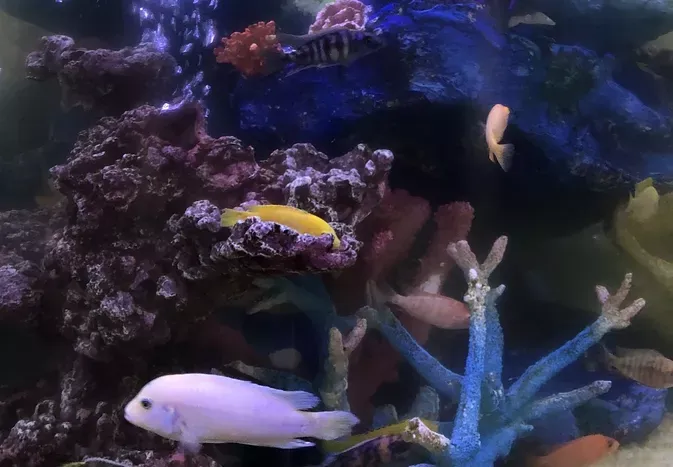
Freshwater Aquarium Filters
How to Deal With Cloudy Aquarium Water
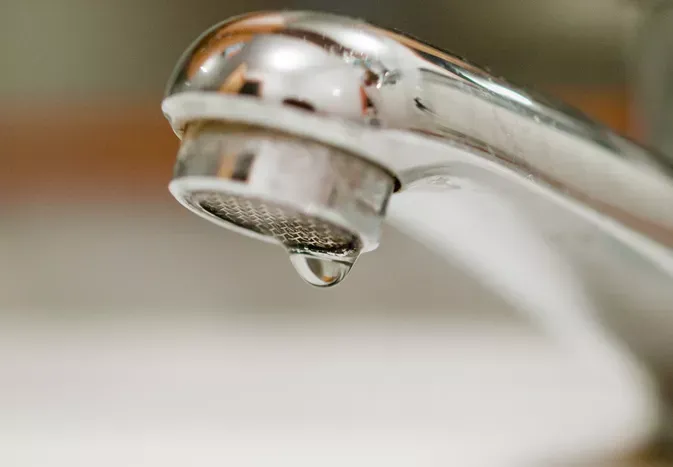
Saltwater Aquarium Filters
How Do You Remove Chloramines From Tap Water?
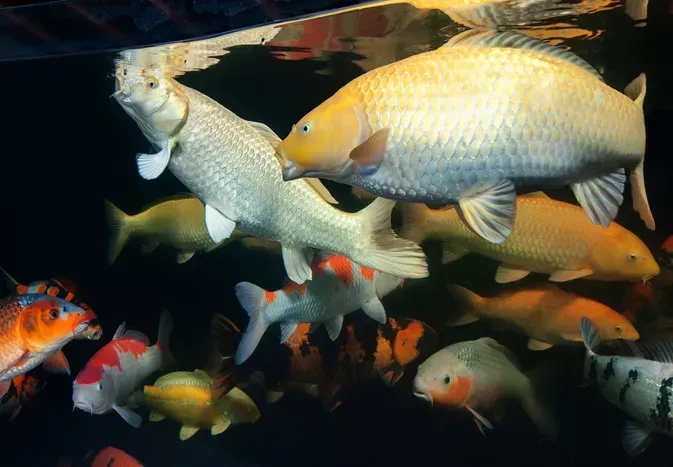
Freshwater Aquariums & Habitat
Can I Keep My Koi Fish Inside?
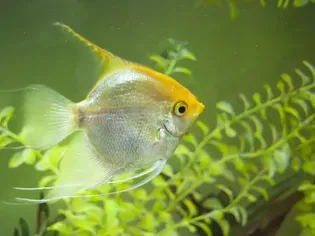
Saltwater Aquariums & Habitat
14 Best Floating Plants for Your Aquarium
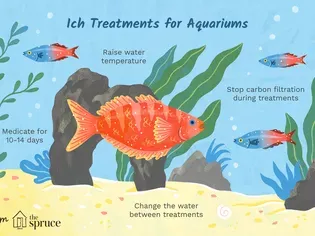
Freshwater Fish Health
How to Treat Ich on Freshwater Fish
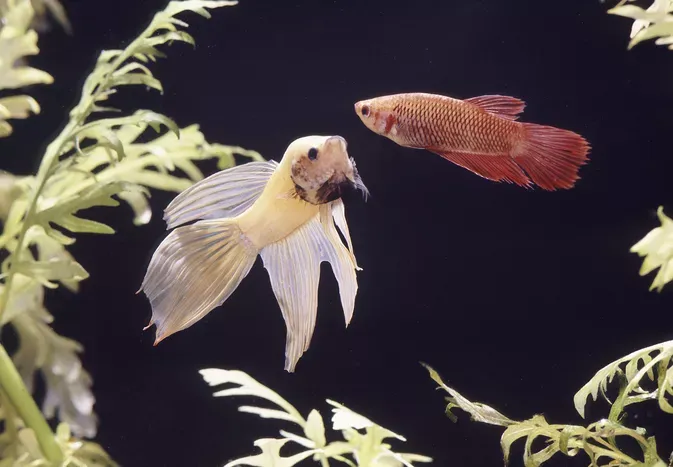
Saltwater Fish Health
Fin Rot in Aquarium Fish
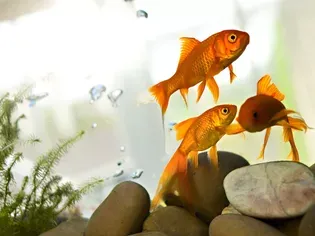
Freshwater Aquarium Filters
How to Do Aquarium Water Changes
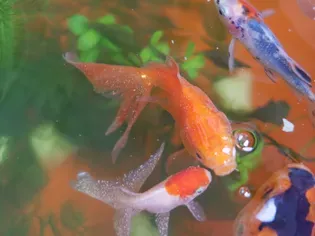
Saltwater Fish Health
How Do Fish Get Parasites?
